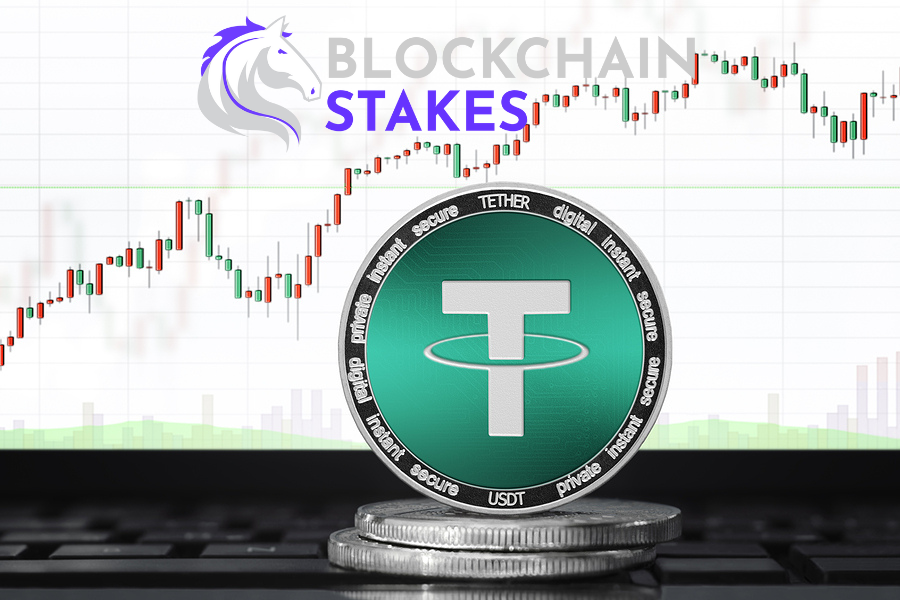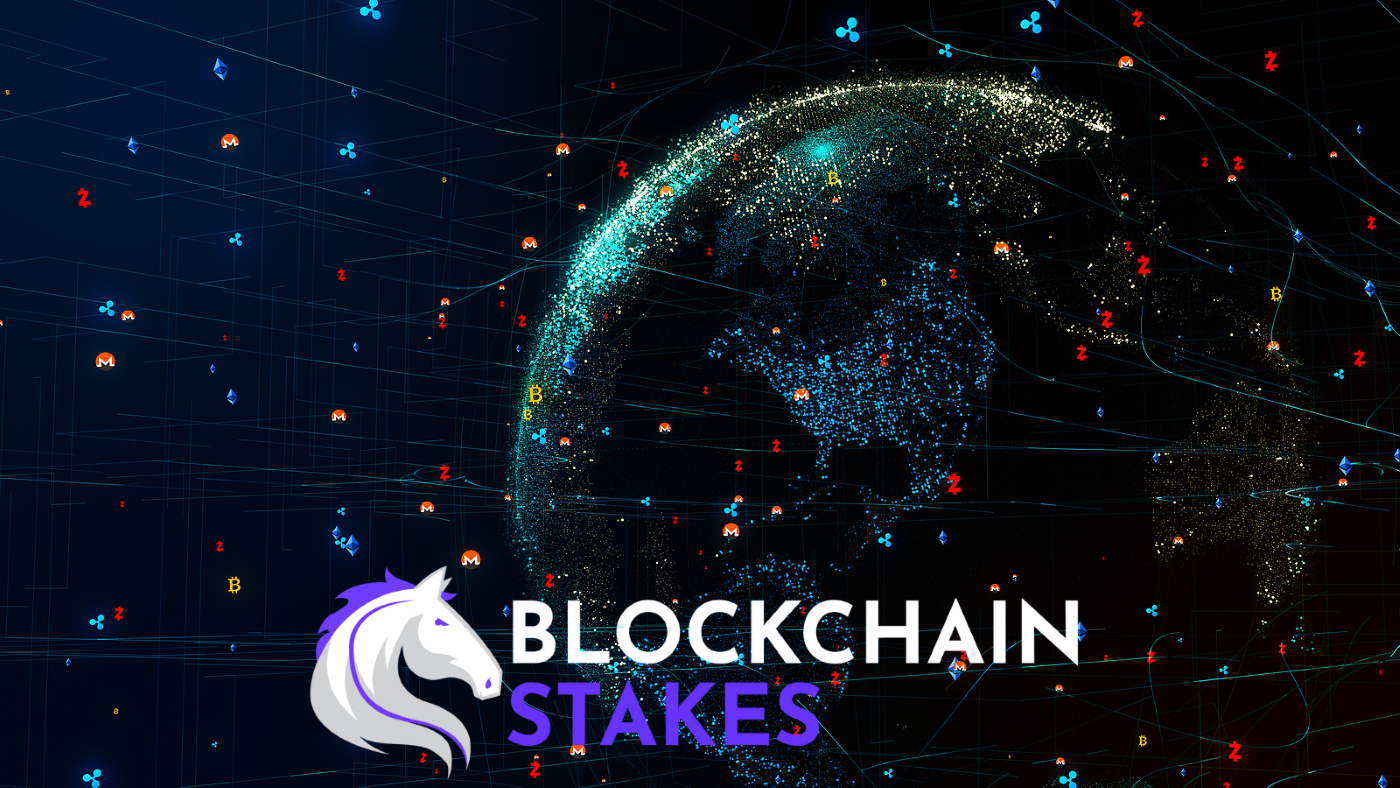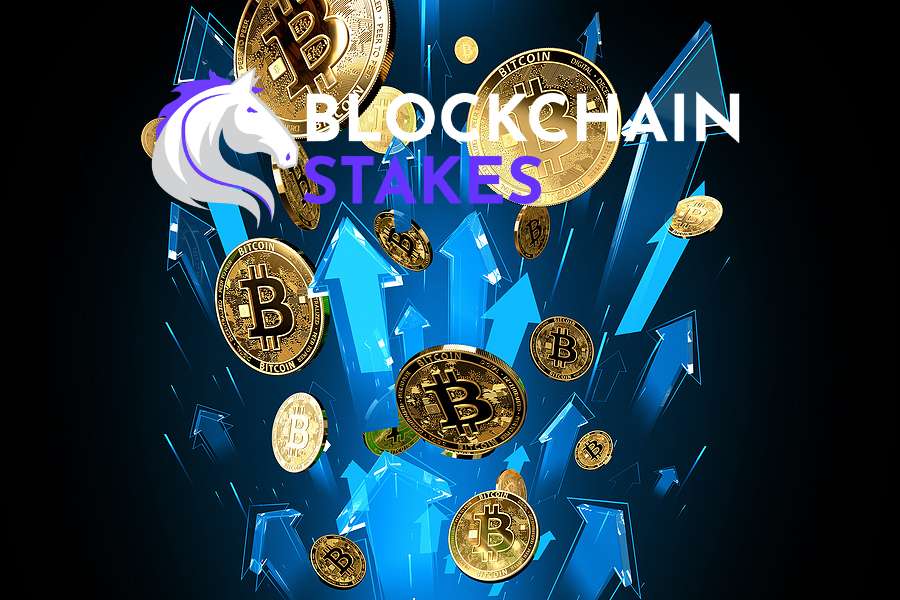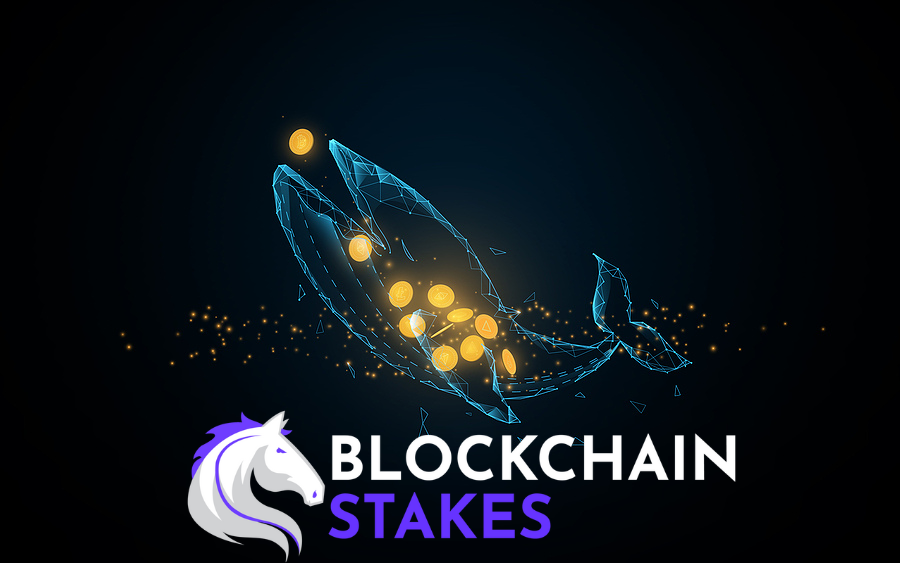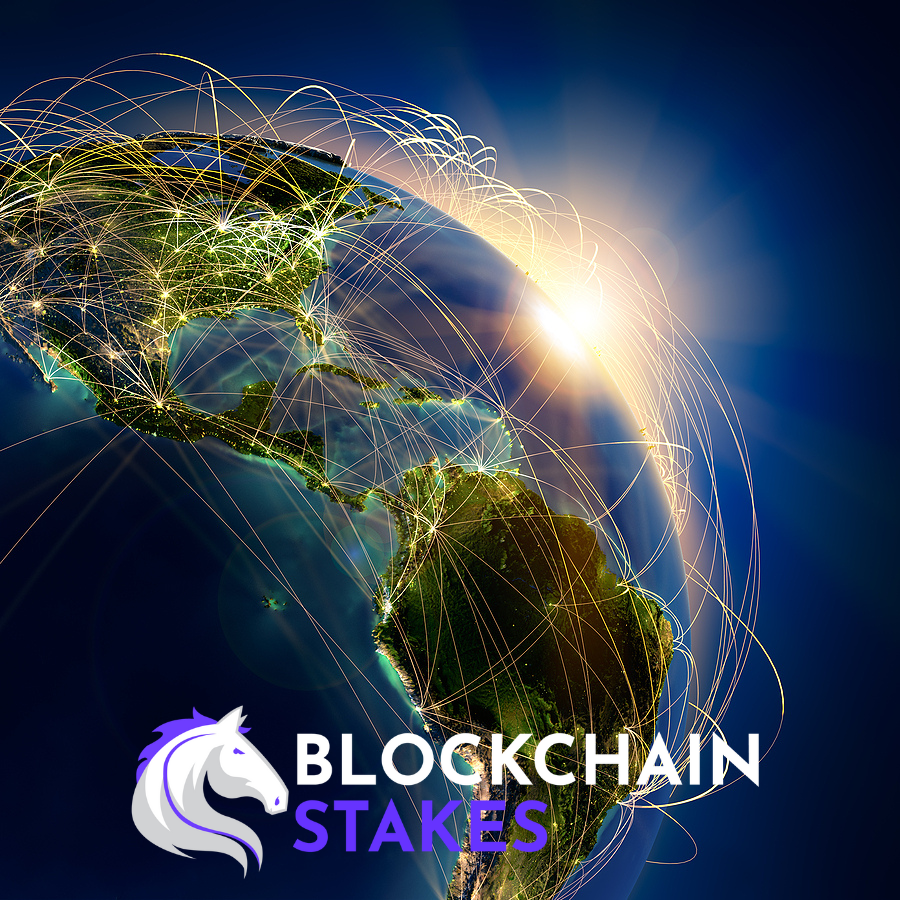The intersection of blockchain technology and traditional finance is reshaping how assets are managed, traded, and accessed. Among the most transformative developments in this domain is the rise of tokenized real-world assets (RWA). These are traditional assets, like real estate, commodities, or equities, represented as digital tokens on a blockchain. They bring unparalleled liquidity, transparency, and accessibility to markets that have traditionally been exclusive or cumbersome to navigate.
Recognizing this burgeoning opportunity, Tether, the issuer of the world’s largest stablecoin by market capitalization, USDT, has made a strategic move into the RWA space with the launch of Hadron. This platform promises to revolutionize the asset tokenization process by simplifying it for a broad range of users, from governments and institutions to individual investors.
Hadron not only leverages Tether’s reputation and experience but also positions itself as a bridge between traditional financial systems and the decentralized blockchain ecosystem. By making illiquid assets accessible and tradeable, Hadron isn’t just an addition to the crypto space—it’s a vision for the future of finance.
What is Hadron?
At its core, Hadron is an asset tokenization platform that converts real-world assets into blockchain-based tokens. Tokenization involves digitizing ownership rights to an asset and representing them as tokens on a blockchain. Each token corresponds to a fractional share of the underlying asset, enabling liquidity, divisibility, and accessibility in ways previously unimaginable.
For instance, consider a piece of real estate valued at $1 million. Through Hadron, this property can be tokenized into 1 million tokens, each valued at $1. This democratizes investment, allowing individuals to invest in high-value assets with minimal capital.
Hadron’s broad applicability sets it apart. It supports tokenization for commodities like gold and oil, real estate, equities, bonds, intellectual property, and even loyalty points. Its versatility ensures it caters to a wide range of users, offering innovative financial solutions for businesses, governments, and individuals.
How Does Hadron Work?
Hadron’s seamless functionality is tailored to simplify the tokenization process while ensuring compliance, security, and efficiency. Here’s a detailed look at how the platform works:
Registration and Compliance
The journey begins with registration, where users undergo a rigorous Know Your Customer (KYC) and Anti-Money Laundering (AML) verification process. This ensures the platform adheres to global regulatory standards, building trust and fostering adoption among institutional and retail users alike.
Asset Tokenization
Once registered, users can tokenize their assets by linking a non-custodial wallet and selecting their preferred blockchain network. Hadron supports multiple blockchain options, including Ethereum, Avalanche, and Liquid, with plans to integrate others like the TON blockchain for scalability. Users can customize compliance parameters, such as investor eligibility or geographic restrictions, ensuring their tokenized assets align with local regulations.
Minting and Redemption
Hadron simplifies token issuance, allowing users to mint tokens that represent their assets. These tokens can be distributed, transferred, or redeemed through an intuitive interface, eliminating the need for deep blockchain expertise.
Ownership and Transfer
Hadron’s emphasis on non-custodial solutions means users retain full control over their assets. Token ownership is recorded immutably on the blockchain, enabling easy verification and transfer. This transparency enhances security while fostering trust among participants.
Key Features of Hadron
Hadron is designed with cutting-edge features that address critical pain points in the tokenization process:
Multi-Blockchain Support
By supporting Ethereum, Avalanche, Liquid, and potentially the TON blockchain, Hadron provides flexibility for users to choose networks based on their priorities, whether it’s speed, scalability, or cost-effectiveness. This ensures that Hadron remains competitive in a rapidly evolving blockchain landscape.
Robust Security Infrastructure
With advanced cryptographic techniques and multi-signature wallet configurations, Hadron offers enterprise-grade security. This is particularly critical in safeguarding high-value tokenized assets from fraud or unauthorized access.
Regulatory Compliance
Compliance is at the heart of Hadron’s design. The platform incorporates tools for KYC, AML, and transaction monitoring, ensuring adherence to international standards. This focus on compliance makes it attractive to institutions wary of blockchain’s perceived risks.
Broad Asset Coverage
Hadron supports a diverse range of asset classes, including:
- Commodities: Gold, silver, oil
- Real Estate: Residential and commercial properties
- Equities and Bonds: Fractional ownership of stocks and debt instruments
- Stablecoins: Digital currencies pegged to fiat or commodities
- Unique Assets: Intellectual property, art, and loyalty points
This versatility ensures Hadron can cater to a wide array of use cases, from institutional asset management to personal investments.
Non-Custodial Ownership
Hadron’s non-custodial structure empowers users to retain full control over their tokenized assets. This decentralization minimizes reliance on intermediaries and aligns with blockchain’s foundational principles.
Hadron by Tether—your platform to tokenize anything, anywhere. Now accepting beta testers. Whether you’re a banker, asset manager, hedge fund, pension fund, or even a nation-state, join us and be part of the future of digital finance. Sign up today!
— hadron_tether (@hadron_tether) November 15, 2024
👉 https://t.co/xxUkgIxe15 pic.twitter.com/u61TXDFxyv
Why Hadron Matters in the RWA Market
The market for tokenized RWAs is growing rapidly, with an estimated value of $6.5 billion in 2024—a 12% increase from 2023. This growth underscores the immense potential for platforms like Hadron to transform financial markets.
Unlocking Liquidity
Traditionally illiquid assets, such as real estate or fine art, can be fractionalized through tokenization. This makes them accessible to smaller investors, enhancing liquidity and broadening market participation.
Global Reach
Blockchain’s borderless nature allows tokenized assets to be traded globally, transcending the limitations of traditional finance. Hadron’s multi-chain support amplifies this accessibility, enabling users worldwide to interact with tokenized assets seamlessly.
Efficiency and Cost-Effectiveness
By leveraging smart contracts, Hadron automates compliance checks, ownership transfers, and other processes, reducing operational costs while enhancing transparency. Investors benefit from greater confidence, knowing every transaction is recorded on an immutable ledger.
Tether’s Strategic Vision for Hadron
Tether’s foray into the RWA market reflects its commitment to innovation and diversification. With reserves exceeding $118 billion and $5.2 billion in profits during the first half of 2024, Tether is uniquely positioned to spearhead advancements in asset tokenization.
Hadron aligns with Tether’s strategic goals:
- Expanding blockchain’s institutional adoption.
- Diversifying beyond stablecoins to include tokenization.
- Promoting financial inclusion by democratizing access to high-value assets.
By leveraging its reputation and expertise, Tether is setting a precedent for blockchain integration into traditional finance, paving the way for greater adoption of tokenized assets.
Challenges Ahead for Hadron
While Hadron is a groundbreaking platform, it must navigate several challenges:
Regulatory Uncertainty
The global regulatory environment for tokenized assets is fragmented and evolving. Clearer frameworks are essential to drive adoption among institutions and governments.
User Education
Tokenization remains a novel concept for many. Tether must invest in educational initiatives to help potential users understand Hadron’s benefits and mechanics.
Technical Complexities
Interoperability between multiple blockchains introduces technical challenges, including scalability, transaction speed, and security. Addressing these is crucial for seamless operations.
Competition
Hadron competes with established platforms like Centrifuge and Ondo Finance. Differentiation through unique features and superior user experience will be key to capturing market share.
The Future of Asset Tokenization
Hadron’s launch is part of a larger trend that’s reshaping global finance. Tokenization is set to become a cornerstone of investment and asset management, with several key developments expected:
Mainstream Adoption
As platforms, like Hadron simplify tokenization, institutions, governments, and retail investors, will increasingly explore the benefits of tokenized assets.
Regulatory Clarity
Governments worldwide are likely to develop clearer regulatory frameworks, fostering confidence among investors and institutions alike.
Integration with DeFi
Tokenized RWAs will unlock new opportunities in decentralized finance (DeFi), including yield farming, lending, and liquidity provisioning.
Innovative Use Cases
Beyond traditional assets, tokenization will expand to include unique and niche markets, such as intellectual property, fine art, and even future income streams.
Conclusion
Hadron represents a monumental step in bridging traditional finance and blockchain technology. Its secure, compliant, and user-friendly platform positions Tether at the forefront of the rapidly growing RWA market.
By democratizing access to high-value assets and enhancing liquidity, Hadron empowers users to participate in a more inclusive and efficient financial ecosystem. With Tether’s proven track record and resources, Hadron is poised to redefine how assets are owned, traded, and valued in the digital age.
This is not just an evolution for Tether—it is a transformative leap for the global financial system. Whether you’re an institution seeking cutting-edge asset management tools or an individual exploring investment opportunities, Hadron offers a glimpse into the future of finance.













